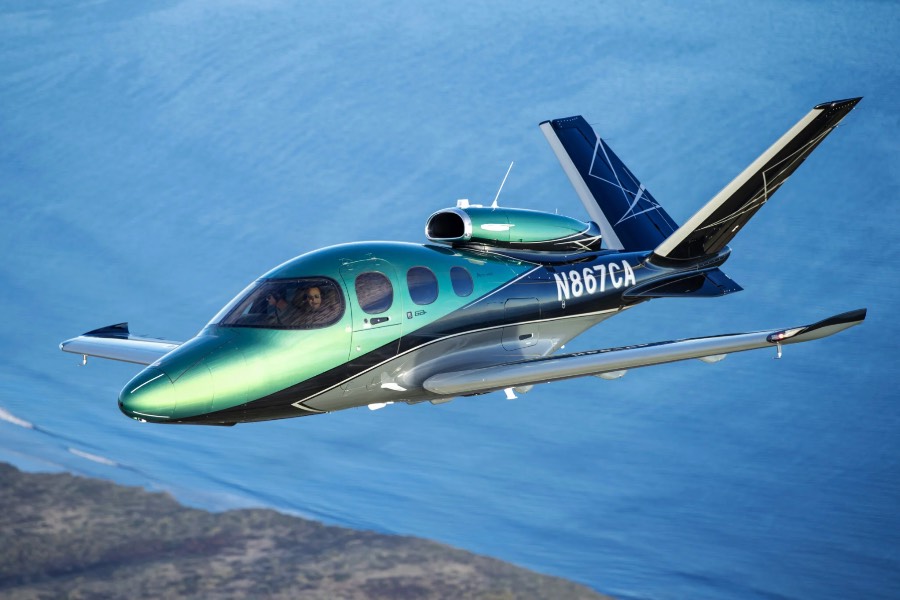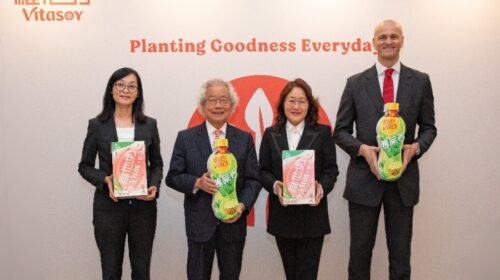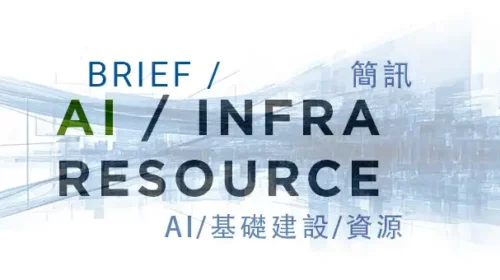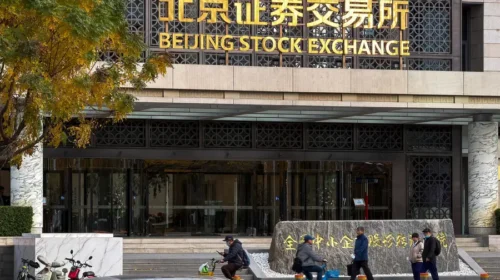Cirrus Aircraft primed for new financing as its thinly traded stock surges

The U.S.-based aircraft maker’s Chinese parent has offloaded some of its stake, raising nearly HK$700 million and signaling the potential for fresh fundraising
Key Takeaways:
- Shares of Cirrus Aircraft have more than doubled over the past half year, following the company’s Hong Kong IPO a year ago
- Some investors remain wary of the company due to the U.S. sanctions against its Chinese parent, state-run aviation giant AVIC
By Lau Chi Hang
After failing to gain much lift following its debut a year ago as Hong Kong’s first publicly traded aircraft maker, Cirrus Aircraft Ltd. (2507.HK) is drawing new investor attention as its stock takes flight this year. That may have prompted major shareholder, state-run aviation giant Aviation Industry Corp. of China (AVIC), to take advantage of the big gains to sell down some of its stake this month.
Cirrus disclosed that AVIC sold 17.5 million shares at HK$39.98 each on July 3 – representing an 8% discount to the stock’s close the previous day. The sale represented 4.78% of Cirrus’ outstanding shares and netted AVIC nearly HK$700 million in proceeds, dropping its stake in the aircraft maker to 80.18% from a previous 84.97%.
The disclosure brought the stock back to earth somewhat, as the shares skidded as much as 7.4% the next day before steadying above HK$40 to end down 3% at HK$42.15. Such surprising resilience in the face of a major stake sale piqued investor interest, prompting some to take a closer look at the U.S.-based aircraft maker and its prospects.
Cool reception at launch
Here we should backtrack with some basic corporate history. Cirrus became a Chinese company in 2011 after AVIC purchased 70% of the company from its founders, the Klapmeier brothers. The company’s current products include its piston-engine SR2X series targeting retail buyers and its Vision Jet aimed at retail customers and small-scale charter operators.
The SR2X has become the world’s top-selling single-engine piston aircraft for 23 consecutive years, much of that under AVIC’s ownership. AVIC was planning to spin off the company for a separate listing when those ambitions hit headwinds after AVIC was placed on a U.S. blacklist in 2021, banning U.S. investors from buying shares in the state-run company. Despite an official carve-out specifically for Cirrus, investors were spooked by the unpredictable move by Washington.
Facing such uncertainty, Cirrus received a cold reception at the time of its listing midway through last year. The company offered 54.9 million shares, accounting for just 15% of its total, with only 5.5 million sold to local Hong Kong investors.
The local portion of the offering was oversubscribed by a scant 0.56 times, while the international placement was only oversubscribed by a similar 0.57 times, even after five cornerstone investors bought 8.5% of the company’s shares, equal to more than half of the stock being sold. The shares priced near the bottom of their range at HK$27.50, raising net proceeds of HK$1.39 billion ($177 million).
Boarding the fundraising express?
The small IPO failed to lure major global funds or top-tier Chinese institutional buyers beyond AVIC’s five cornerstone investors, including such little-known names as Taicang High-Tech Science and Innovation, Changshu Southeast Industrial Investment and Wuxi Jianfa Xintou Aerospace Investment, which all undoubtedly were AVIC supporters. Excluding the shares they purchased, Cirrus’ public float is just 6.5% of its total stock.
The six-month post-IPO mark was a cliffhanger, as investors waited to see if the cornerstone investors might dump their shares with the end of a lockup period. But those investors held firm, even as the stock traded around HK$20 and fell as low as HK$16.72, or nearly 40% below the IPO price. But then the winds suddenly changed and the stock began to soar in February, reaching a high of HK$47.45 last month, tripling from its low and 73% above the IPO price.
That run-up, combined with the share float that was still quite low, hinted at the strong potential for a share placement to raise more money. Such follow-on placements are relatively common after small floats like Cirrus made, providing an entry for other institutional buyers while also boosting the stock’s float to draw in other large investors beyond the usual crowd of Hong Kong day traders. And, of course, such fundraising could provide money to fuel Cirrus’ next growth stage.
Solid earnings, reasonable valuations
The company’s fundamentals look relatively strong over the last few years. Its revenue has been on a steady climb, rising from $738 million in 2021, to $894 million in 2022, and just topping the $1 billion mark in 2023, equating to average annual growth of 20.3%. Its profits also climbed from $72.4 million, to $88.1 million and $91.1 million over that period, equal to a decent 12.2% average growth rate.
The flight continued last year, with revenue climbing 12% year-on-year to $1.2 billion as the company’s profit jumped 32.5% to $120 million, aided by the delivery of 731 jets, up by 23 from the previous year. The company’s backlog also increased by 114 to 633 jets on order, suggesting another bumper year in 2025.
The U.S. sanctions on its parent and Donald Trump’s broader tariff war have yet to deal any material blows to Cirrus, showing the geopolitics that were once a cause of concern are starting to ease. And the absence of any major new risks on the horizon, along with the company’s strong operating margins, may have helped to trigger the stock’s recent gains.
Comparative benchmarking also seems to work in Cirrus’ favor. The company currently trades at a price-to-earnings (P/E) ratio of around 16 times, well below the 19 times for Textron (TXT.US), owner of rival plane maker Cessna. That gap could widen further if Cirrus’ profit continues to grow at last year’s clip, providing a compelling reason for investors to consider the stock as the winds of controversy surrounding this company continue to calm.
To subscribe to Bamboo Works free weekly newsletter, click here






